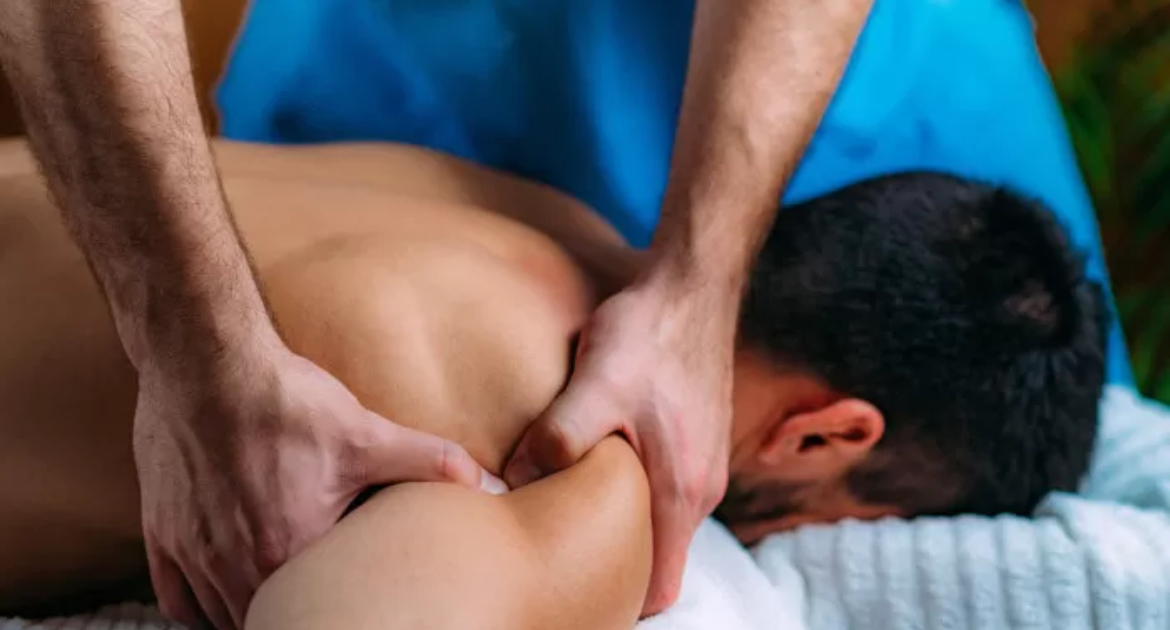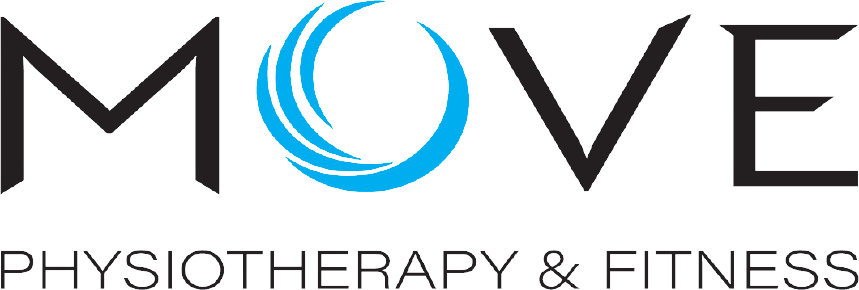Effective Relief of Your Shoulder Bursitis
Shoulder bursitis refers to inflammation of the sub-acromial (underneath the acromion) Bursa. The bursa is a fat pad designed to stop friction between the tendons and the bones during movement.
Bursitis is typically a symptom of ongoing poor shoulder movement. Altered movement patterns – caused by muscle tightness and muscle weakness – when combined with repetitive movement can inflame the bursa and trigger pain at the tip of the shoulder.
A number of factors can increase the likelihood of this condition, such as:

- Rounded shoulder postures and lack of postural variety.
- Weakness of the rotator cuff muscles, and muscles around the shoulder blade
- Overall weakness and deconditioning through the upper body.
- Repetitive movements either recreationally or occupationally.
Bursitis is a Symptom. In the absence of trauma, it is highly uncommon for the bursa to become inflamed without an underlying issue. As such, as a part of your rehabilitation it is important to discover this cause to prevent your pain from recurring.
It is also why we do NOT simply recommend a cortisone injection. These powerful anti-inflammatories can decrease inflammation, but if the underlying cause is not addressed this inflammation will return.
Your physiotherapist will comprehensively assess your shoulder pain. For short term pain relief we can provide immediate relief through remedial massage, joint mobilisation, advice and home exercise.
For long term resolution of this problem we will strengthen the surrounding muscles of the shoulder, including the rotator cuff. This will stabilise the humeral head (arm bone) in the socket during repetitive movements such as reaching overhead. This will prevent friction of the tendons on the bursa; thereby decreasing inflammation and resolving this pain.
TREATMENT OF SHOULDER TENDINOPATHY OR BURSITIS

Stage 1: De-Loading and Symptom Relief
The first goal of your rehabilitation will be to reduce your pain levels. This will firstly require a period of de-loading, where we have to reduce our exposure to heavy loaded activities. Furthermore, we will have to minimise movements that compress the tendon or bursa, such as overhead activities and stretching the arm across the body.
Your physiotherapist will begin to address postural elements that decrease the sub-acromial space, such as a rounded shoulder posture or rounded upper back posture. They may employ techniques such as massage, dry needling or joint manipulation.
Often, anti-inflammatory medication can assist in subsiding your pain at this stage.

Stage 2: Gradual Strengthening, Adhering to Shoulder Pain Levels
Once your pain levels have decreased – generally to a level below 4/10 – your physiotherapist can begin strengthening your rotator cuff musculature. This will initially involve positions that do not compress the rotator cuff tendons or bursa, such as with your arms by your side.
Prior to beginning rotator cuff strengthening, it is important to be able to activate your postural muscles such as your midback or thoracic spine extensor muscles.

Stage 3: Progression Into Overhead Activities
Once you have achieved good control with your arms by your side, your physiotherapist will gradually introduce strengthening in positions that gradually work you towards overhead activities.

Stage 4: Sport Specific Training
The final stage of your rehabilitation is returning you to the activities that you love doing – or, in situations such as hanging the washing on the line – the activities you have to be doing.
At Move Physiotherapy we will work with you to ensure that you are confident and ready to return your sport or activity without risk of re-injury!

